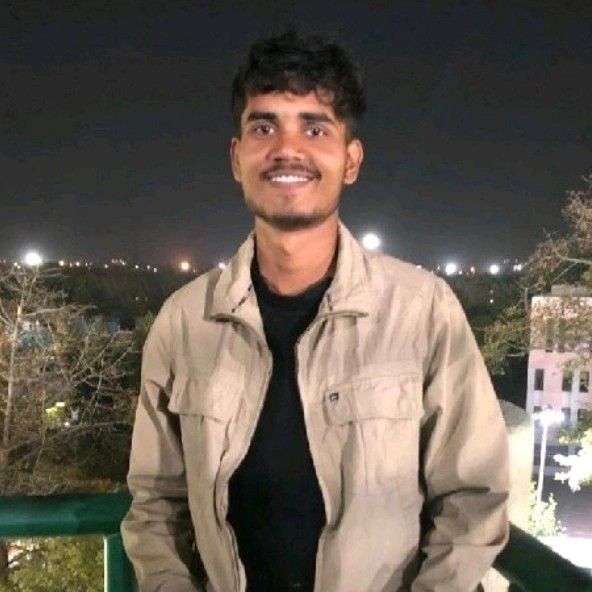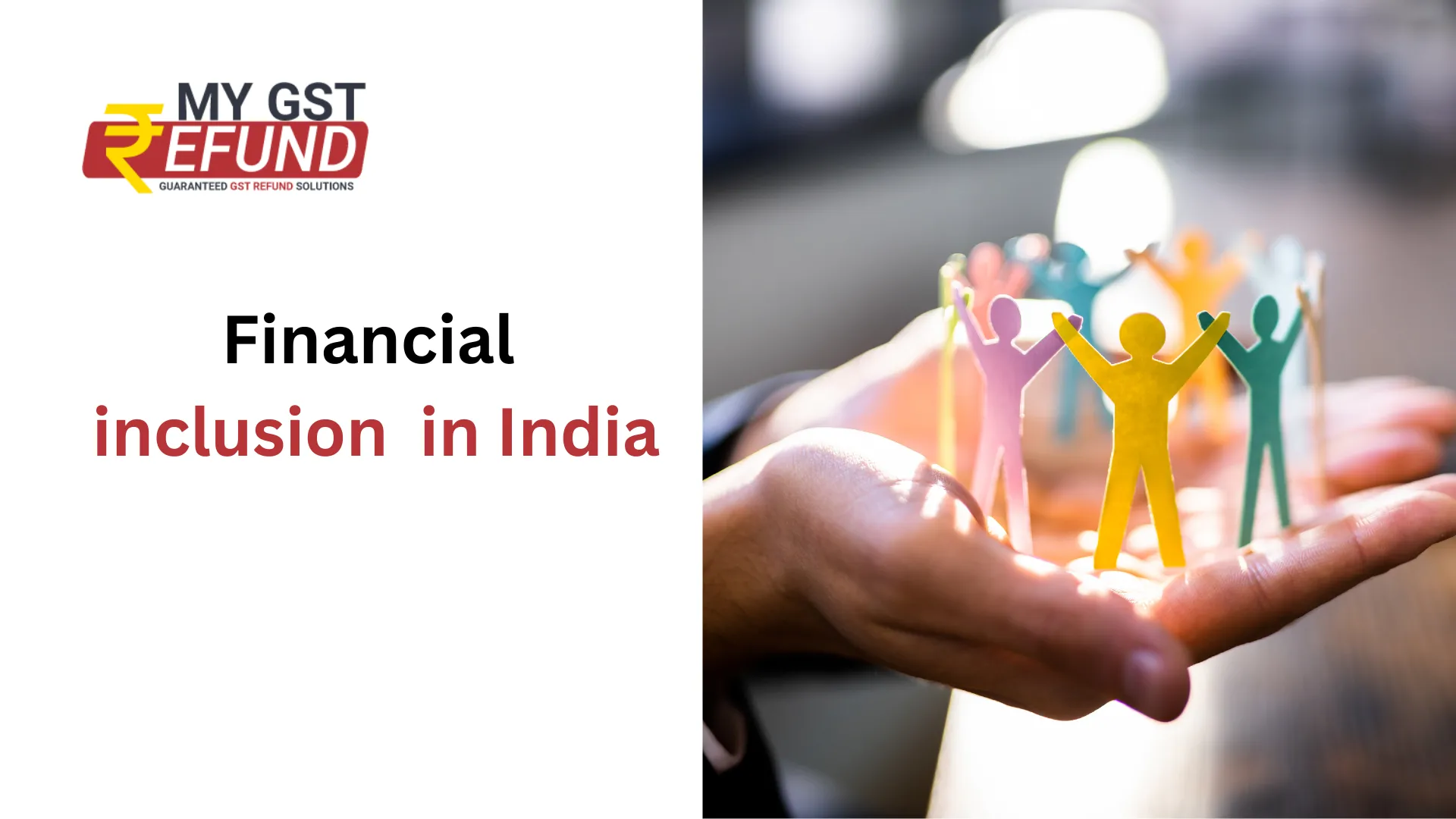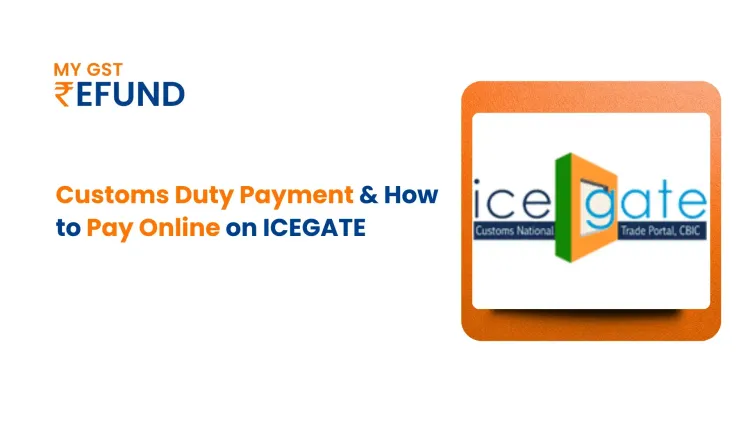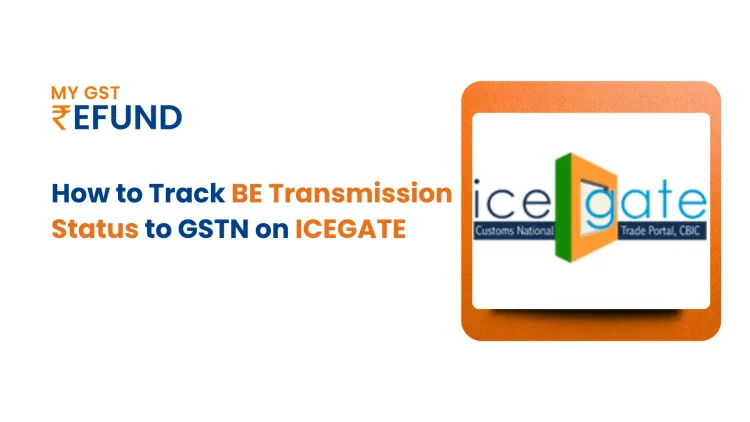Financial inclusion in India
The idea of digital India came about because the government wanted to make sure everyone in the country had access to financial services and could be part of the country's growth. They've been working on this by introducing different plans and projects to make sure even the poorest and most remote areas of India can benefit financially. Financial inclusion is a big part of this—it means making sure everyone can easily and safely get the money services they need when they need them.
What is financial inclusion?
Financial inclusion means making sure that everyone, especially those who don't usually get help from regular banks, can use financial services. This includes people with low incomes, those living in the countryside, and those who don't have access to usual banking services. The aim is to give them access to important financial things like savings accounts, loans, insurance, and ways to pay for things. By doing this, we hope to help them financially and give them a chance to be more involved in the economy.
What is the importance of financial inclusion?
The country's budget aims to give many benefits to its people, but a lot of folks still don't get these benefits. That's why financial inclusion is super important—it makes sure that everyone, even in faraway places, gets these benefits equally.
Here's why financial inclusion matters:
Better Money Management: When everyone can use banks and other financial services, they can handle their money better. Plus, when more people understand how money works, the financial system becomes fairer and more honest.
Improving Our Finances: Having access to banks and financial stuff helps us save money and use it wisely. We can plan for the future, like saving for education or healthcare. Also, having things like savings accounts and insurance helps us handle tough times better.
Getting Into Investing: Financial inclusion means more people can join financial markets and invest in different things. In India, more and more people are getting into investing, which can make our economy grow and create more jobs.
Fighting Poverty: When everyone can use banks and borrow money when they need it, it helps them get out of poverty. Being part of the regular financial system gives people a chance to build a better life.
Overall, financial inclusion means everyone can take part in making our economy better, have a better life, and make sure everyone gets a fair chance.
What are the top financial inclusion schemes in India?
The Indian government is working hard to make sure everyone in the country can easily access banking and other money services. They started a program called Pradhan Mantri Jan Dhan Yojana (PMJDY). Its goal is to give every family in India a bank account and help them use other money services. They're also encouraging the use of technology, like mobile banking and digital payments, especially in places that don't have many banks. These efforts are meant to help people manage their money better and be more financially secure, and to make sure everyone can use formal banking services.
Goals of Financial Inclusion for Women Empowerment
Financial inclusion is all about making sure women can handle money in their homes. Some people think women are better at managing money than men. But in many homes, women aren't allowed to deal with money. They're only supposed to do household chores.In India, some traditional people believe women can't handle money. Financial inclusion wants to change this idea. It wants women to be more independent with money. They shouldn't have to rely on men or wait for their permission to do things.Financial inclusion wants to help women understand money better, especially those with low incomes. They teach women how to save money in simple ways. They also show them different ways to save and borrow money. This can help women start their own small businesses or get training for new jobs, which can increase how much money they make each month.
Financial Inclusion through Digital Payment Systems
People can now use electronic payment wallets to buy things and pay for services in their neighbourhoods. The Indian government has launched several electronic wallet systems that work through smartphone apps like BHIM and Aadhaar Pay.Electronic wallets, or e-wallets, are like digital versions of physical wallets. You use them on your phone instead of carrying cash. With an e-wallet app on your phone, you can make payments online or offline. You can use e-wallets to recharge your phone, pay bills, shop at grocery stores, and buy things online.These digital tools often come with special offers and discounts, especially for people who might not have much money. They can get cashback and rewards when they use these tools, helping them save money.
Financial Inclusion with the Help of Financial Technology (Fintech)
Financial technology, or fintech, means using modern technology in the financial industry. It's making financial services better all around the world. In India, there are lots of fintech companies working hard to make it easier for people to get financial help. These companies offer services and products at low costs, which helps customers save money for other things.Fintech companies are also helping people in rural areas. Many rural folks have mobile phones, and some can even access the internet on their phones. So, they can use fintech services to get banking help without going to a bank.Some of the new fintech options people are using include crowdfunding, digital payments, peer-to-peer lending, and electronic wallets. Both city and country folks are using these modern banking options. But, there are still many people who haven't used any banking service before. For them, using mobile banking can be hard.
Impact of Demonetisation on Financial Inclusion
The government wants to make India cashless soon. They've introduced cheap e-wallets so that even less fortunate people can go cashless. These e-wallets have languages other than English, so users can pick the one they know best. Some e-wallets not only let you pay for things but also allow you to transfer money between bank accounts.After demonetization in 2016, there was a big need for digital money services in India. When the government banned Rs. 500 and Rs. 1000 notes, people needed other ways to pay for things. So, the number of digital wallets grew a lot. The government's goal is to make the country cashless, and all these digital wallets are helping them do that. Plus, they increased the limit for e-wallet transactions to Rs. 20,000, which is good news for users and e-wallet companies.
Even people with low incomes started using e-wallets because they didn't have many other options. It was hard for many people when demonetization happened suddenly. But with all these digital banking options, people from all economic classes got a lot of help.
Conclusion
In summary, India is striving for financial inclusion through initiatives like Pradhan Mantri Jan Dhan Yojana, empowering all citizens, especially women and rural communities, with access to banking services and financial literacy. The introduction of digital payment systems, spurred by demonetization, further accelerates the nation's transition to a cashless economy. These efforts aim to drive economic growth, alleviate poverty, and ensure equal participation in India's development journey.
FAQs
Q.1 When was the Pradhan Mantri Jan Dhan Yojana initiated?
Ans. Pradhan Mantri Jan Dhan Yojana was initiated in 2014.
Q.2 What is the aim of the Atal Pension Yojana?
Ans. The core aim of the Atal Pension Yojana is to encourage individuals to save for their retirement and provide a stable source of income in old age. The scheme provides a guaranteed minimum pension of Rs. 1000 to Rs. 5000 per month, based on the contribution made by the subscriber
Q.3 How has UPI been instrumental in financial inclusion in India?
Ans. UPI has been instrumental in providing access to digital transactions to the remotest parts of the country. Now UPI can be used even for offline transactions thereby further pushing the realisation of the vision of a cashless economy in India
Get free access to India's first-ever Automated platform for GST Refund
Related Posts







